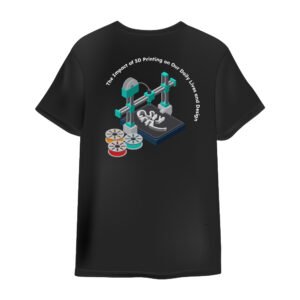In the past, manufacturing a product often required molds, specialized tools, and complex production lines. However, the emergence of 3D printing technology has radically transformed traditional manufacturing methods. More than just a new way to produce objects, 3D printing is reshaping how we live and how we approach design. It offers designers unprecedented creative freedom, while empowering consumers to become creators in their own right.
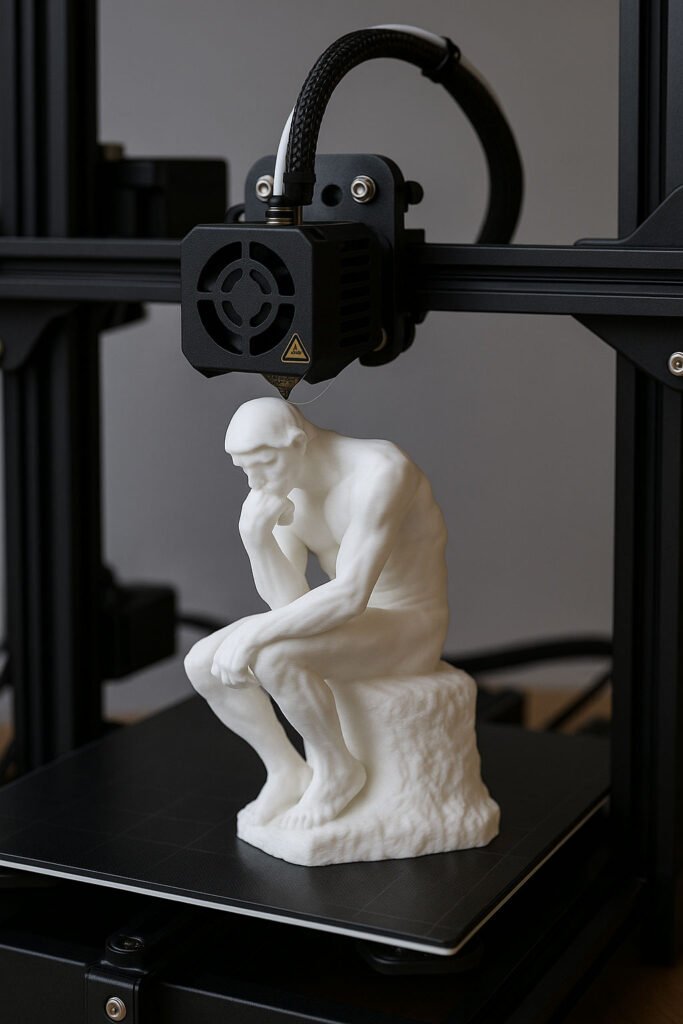
One of the most profound impacts of 3D printing is seen in the field of design. This technology allows for the creation of intricate forms and internal structures that were previously impossible or too costly to produce using conventional methods. Designers are now free from many of the constraints that used to limit their creativity. Organic shapes, lattice structures, and functionally optimized designs can now be realized as physical products. Additionally, the ability to quickly prototype and test ideas allows for faster iterations and ultimately leads to more refined and effective designs.
3D printing also signals a shift from mass production to mass customization. Products can now be tailored to an individual’s preferences or body shape, allowing for a level of personalization that was previously impractical. From custom prosthetics and dental implants to personalized fashion and accessories, user-centered design is becoming increasingly common. As a result, designers are no longer just responsible for how things look—they are taking an active role in the entire process from concept to production.
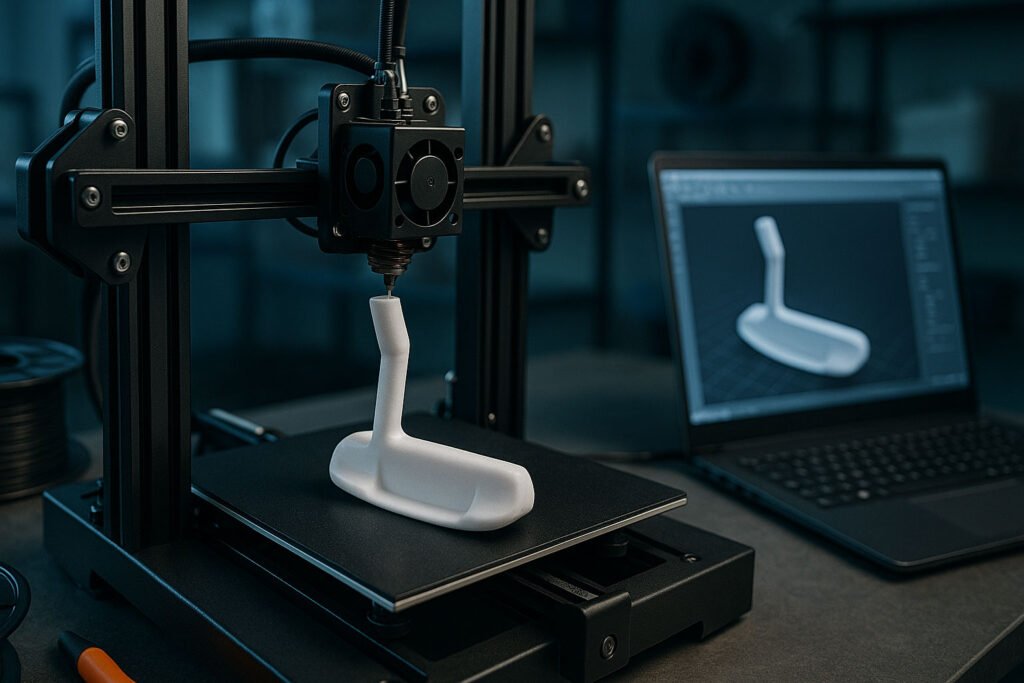
A striking example of this personalization is seen in 3D-printed golf putters. Golfers often require precision and a perfect fit to enhance their performance. With 3D printing, putters can be custom-designed to suit each player’s grip, swing, weight preferences, and even aesthetic taste. Advanced CAD software allows designers to experiment with complex geometries, internal weight distribution, and surface textures that optimize ball control and balance. Traditional machining methods struggle to achieve this level of detail and variation, but 3D printing makes it not only possible but efficient. Several professional golfers and high-end brands have already begun integrating this technology to create next-generation equipment that blends performance and personalization.
Beyond the design world, 3D printing is influencing everyday life. Today, anyone with a basic 3D printer can design and produce useful items at home. Whether it’s a replacement part for a broken appliance or a personalized home decor item, this prosumer (producer + consumer) culture is empowering individuals to create rather than simply consume.
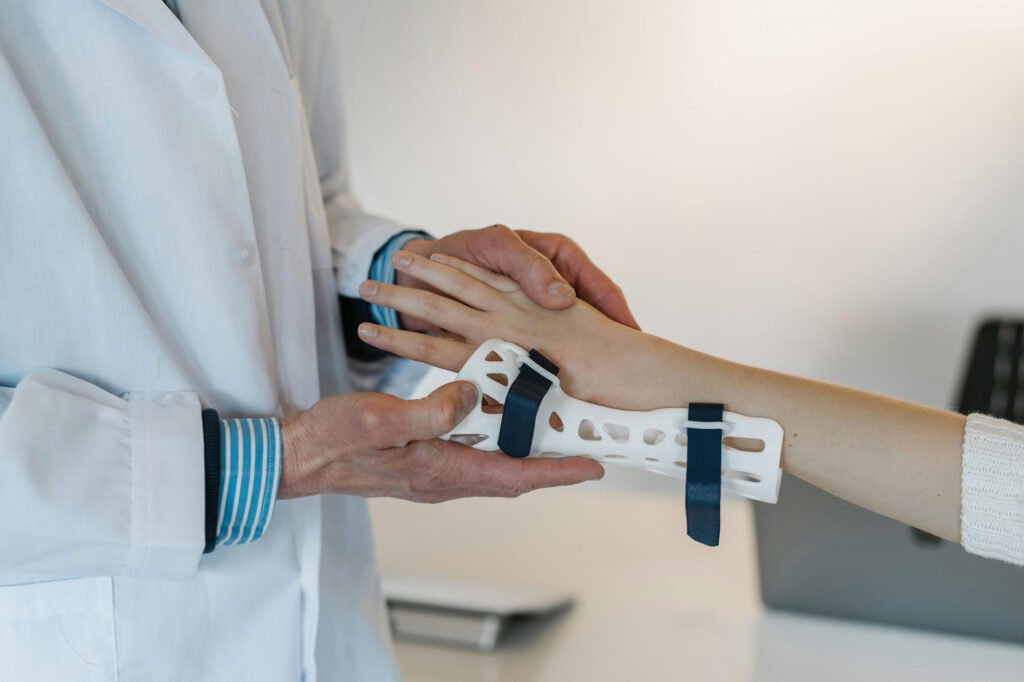
In education, 3D printing is emerging as a powerful tool for STEAM (Science, Technology, Engineering, Arts, and Math) learning. Students can turn abstract ideas into tangible objects, fostering creativity and problem-solving skills. Instead of passively learning theories, they engage with the design process in a hands-on, meaningful way.
The impact is especially remarkable in the medical field. Custom medical devices such as prosthetics, orthopedic implants, and dental aligners can now be precisely tailored to each patient. Even more groundbreaking is the development of bioprinting—using living cells to print tissues or organs—which holds the potential to revolutionize organ transplants and regenerative medicine.
From a sustainability perspective, 3D printing also offers advantages. Because it uses only the material necessary to create a part, it significantly reduces waste. Localized production reduces shipping distances and carbon emissions. Moreover, initiatives to recycle plastics into filament are already underway, pushing the technology toward more environmentally friendly applications.
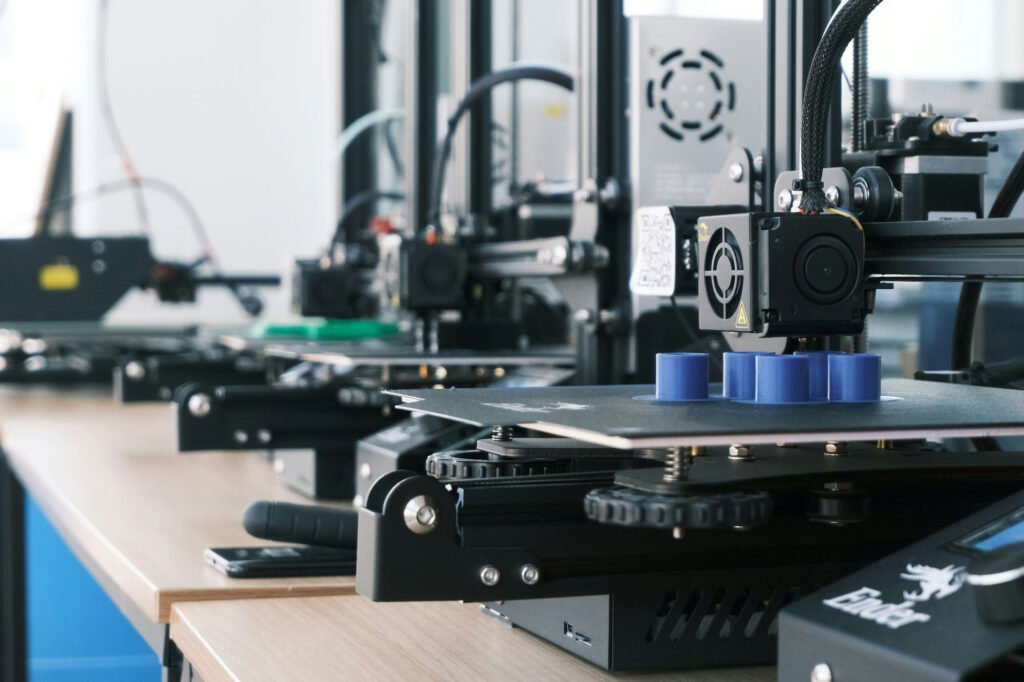
In conclusion, 3D printing is more than a technical innovation—it is a cultural and societal shift. It redefines how we think about design, manufacturing, and consumption. With lower barriers to creation, anyone can now be a designer, an inventor, or a problem-solver. As 3D printing continues to evolve, it will not only change industries but also transform our daily lives and help shape a more creative, personalized, and sustainable future.
Recommended products
-
Slygrn T-Shirt 3D printing
Original price was: $50.00.$30.00Current price is: $30.00. -
Slygrn T-Shirt E10
Original price was: $50.00.$30.00Current price is: $30.00. -
Slygrn T-Shirt Article IV
Original price was: $50.00.$30.00Current price is: $30.00. -
Slygrn T-Shirt IDEA
Original price was: $50.00.$30.00Current price is: $30.00.

